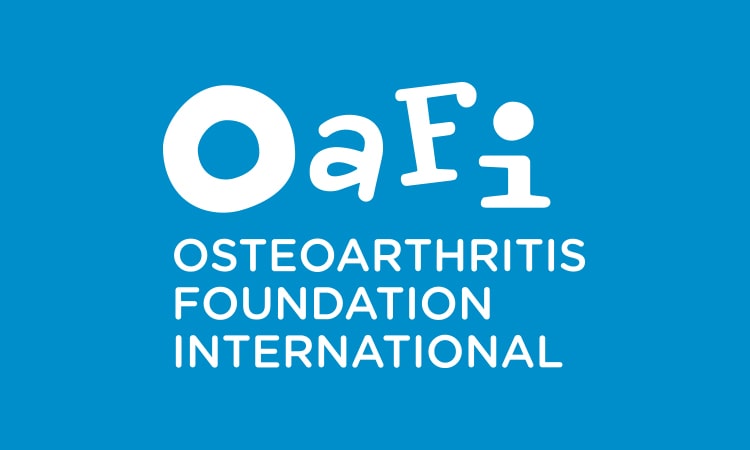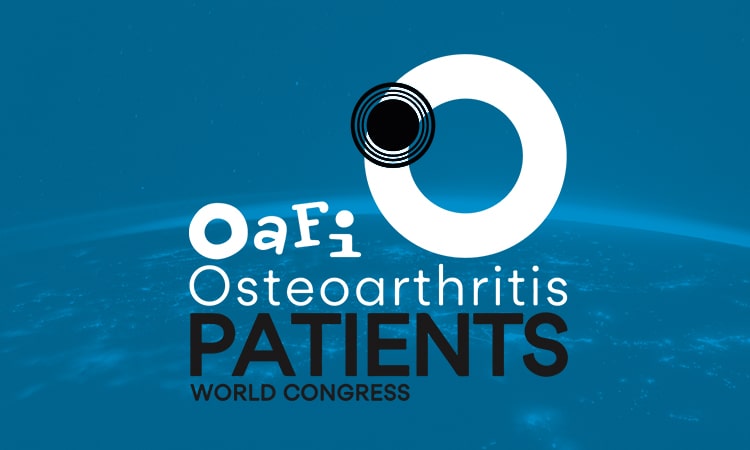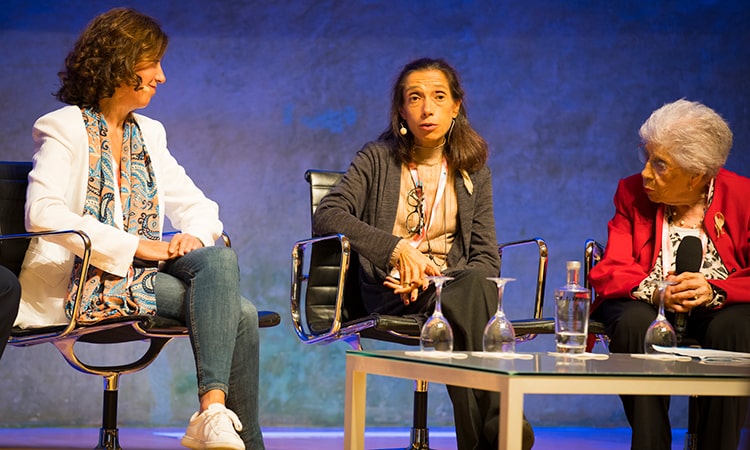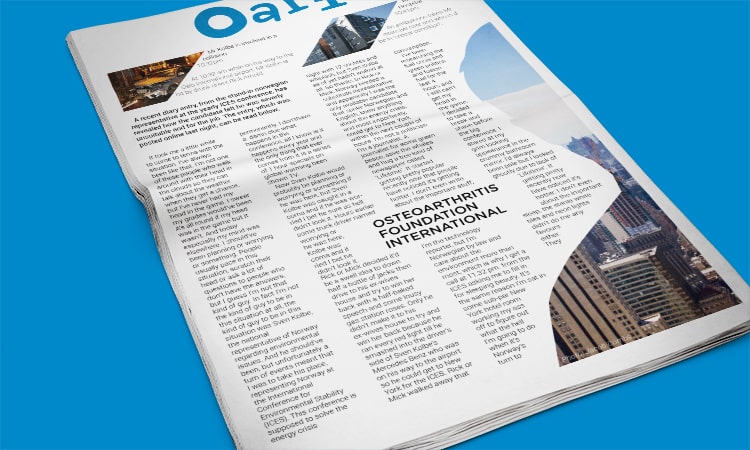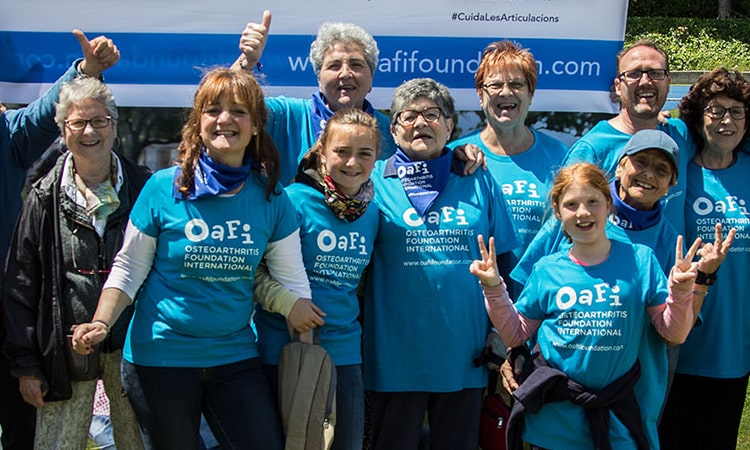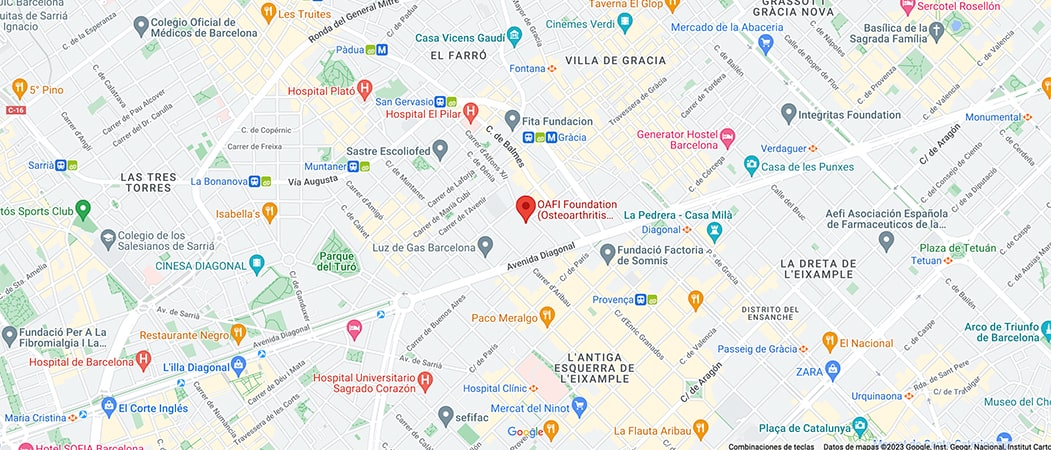- Foundation
- Actions
- Osteoarthritis
- Actuality
- OAFI Radio/TV
- Get Involved
- Contact
OAFI
Osteoarthritis International FoundationC/ Tuset, 19 · 3º 2ª
08006 Barcelona
(+34) 931 594 015
info@oafifoundation.comSchedule:
Monday-Thursday 9AM-6PM
Friday 8AM-3PM
-

-

-

White Paper on Aging and Osteoarthritis
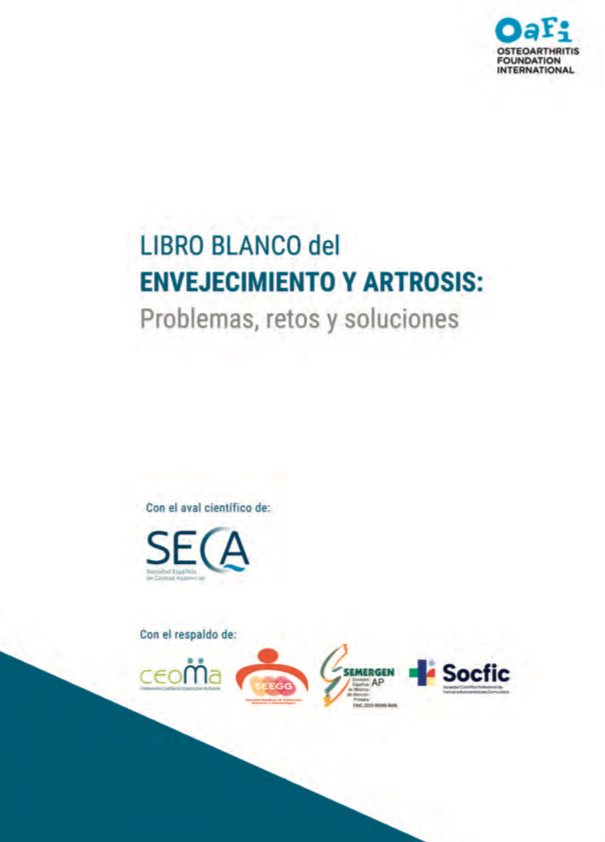
OAFI presents White Paper on Aging and Osteoarthritis
In 2050, 31.4% of the Spanish population will be over 65 years old and 11.6% will be over 80.
- The OAFI Foundation has presented the White Paper on Aging and Osteoarthritis: Problems, Challenges and Solutions, which assesses aging in Spain and proposes measures and solutions to address it.
- In 2050, Spain will lead the world in longevity, doubling the dependency rates of the elderly.
Last Thursday, June 29, OAFI officially presented the White Paper on Aging and Osteoarthritis: Problems, Challenges and Solutions, prepared jointly with Dr. Julio Sánchez Fierro, lawyer and doctor in Health Sciences. The White Paper was created with the aim of assessing the impact of demographic aging in Spain and defining optimum socio-health strategies to preserve the health of the elderly and improve their quality of life.
The presentation, which was held at the Royal National Academy of Medicine (RANM), was also a tribute to Dr. Julio Sánchez Fierro, co-author of the work, this White Paper being one of the last projects he worked on.
One of the world’s most aged countries
It is estimated that Spain will reach 2050 as one of the most aged countries in the world. Currently, more than 9 million people are over 65 years of age in our country, 3 million of whom are in their 80s, with an aging rate of 133.5%. Likewise, more than a third of those over 65 suffer from some kind of disability and more than 20% have limited capacities. As a result, Osteoarthritis, Osteoporosis and Sarcopenia will be very prevalent diseases that will have a negative impact on the quality of life of the elderly, especially women.
Chronic pain, comorbidities and polymedication (75% of the elderly treated in Primary Care consume more than 5 drugs a day) are the most frequent characteristics of elderly patients. For this reason, the White Paper states the need to shift the focus of attention from the disease to the person, thus being able to offer safe and effective treatment adapted to the characteristics of each patient.
This document also claims the need to abandon the passive role of the patient, turning him/her into a person with the capacity for self-care and self-management in his/her process, with special relevance in this aspect being given to the role of patients’ associations as a means of representation, motivation and dialogue with public institutions.
Therefore, public health programs fully oriented to the elderly are necessary, in which information, healthy habits, accompaniment, follow-up and health coordination are key factors. Similarly, the National Health System must be provided with a greater number of professionals related to our elderly (geriatricians, primary care, nursing, etc.).
Other measures
Other measures included in the White Paper to be able to face this tsunami of demographic aging are the promotion of the participation of the elderly in socioeconomic and health issues, being an active part of the decision making process, the development of awareness campaigns on ageism together with patients and organizations of the elderly, facilitating the access to housing, showing the “home” character of the residences and the elimination of barriers that hinder the access to prescribed drugs, improving the control of polymedication.
These data are some of those included in the White Paper, which sets out the need to promote a comprehensive State Policy to address the effects of aging, including forecasts and commitments in the long/medium term to increase the necessary human and budgetary resources.
As stated by Dr. Vergés, co-author and president of OAFI and AECOSAR, “through this book we have exposed the problems of aging and what awaits us in the future, together with possible solutions. We want to be heard so that we can work together to implement them and thus improve the quality of life in our society, as we will all grow older.
Watch the full event here (Spanish):
